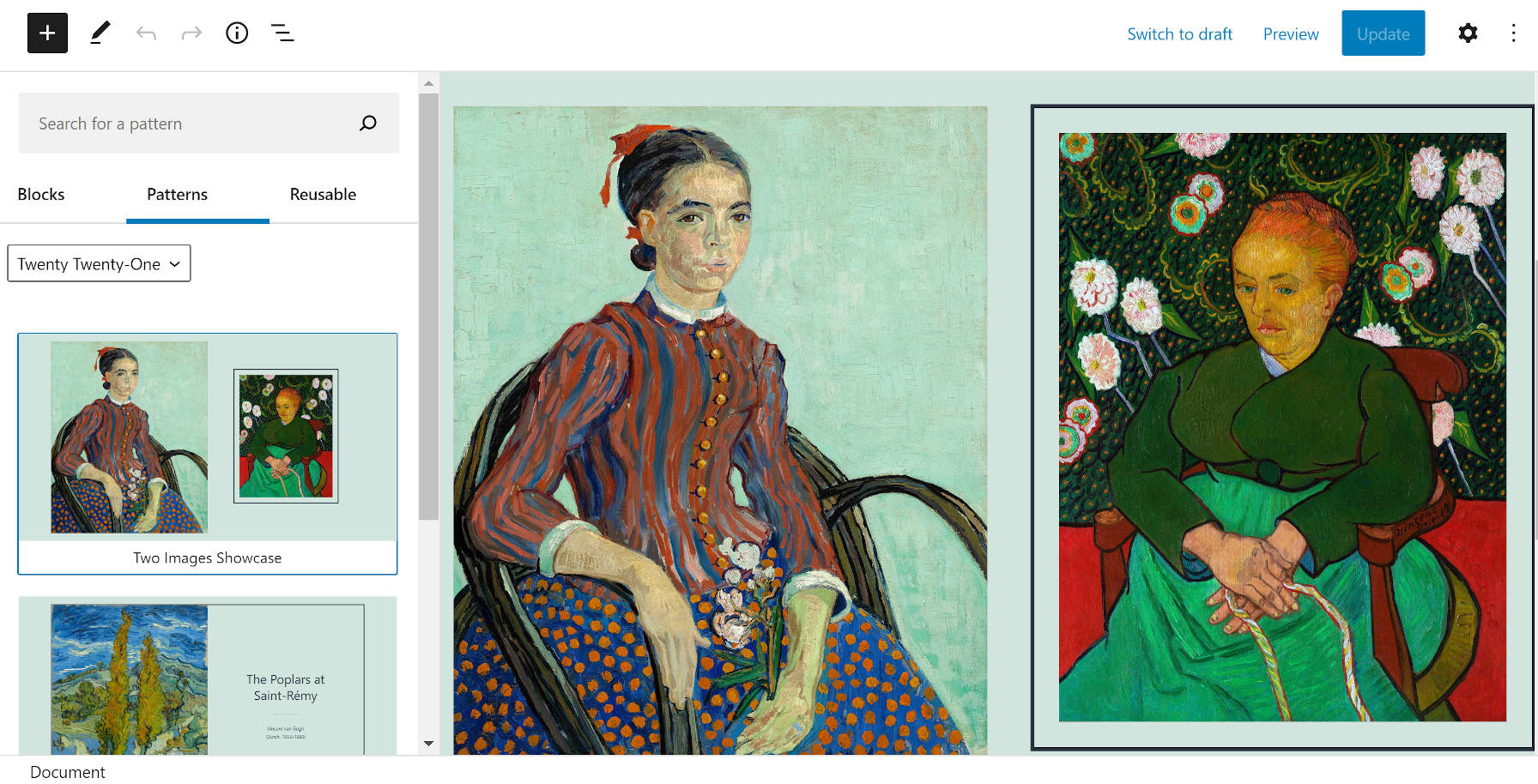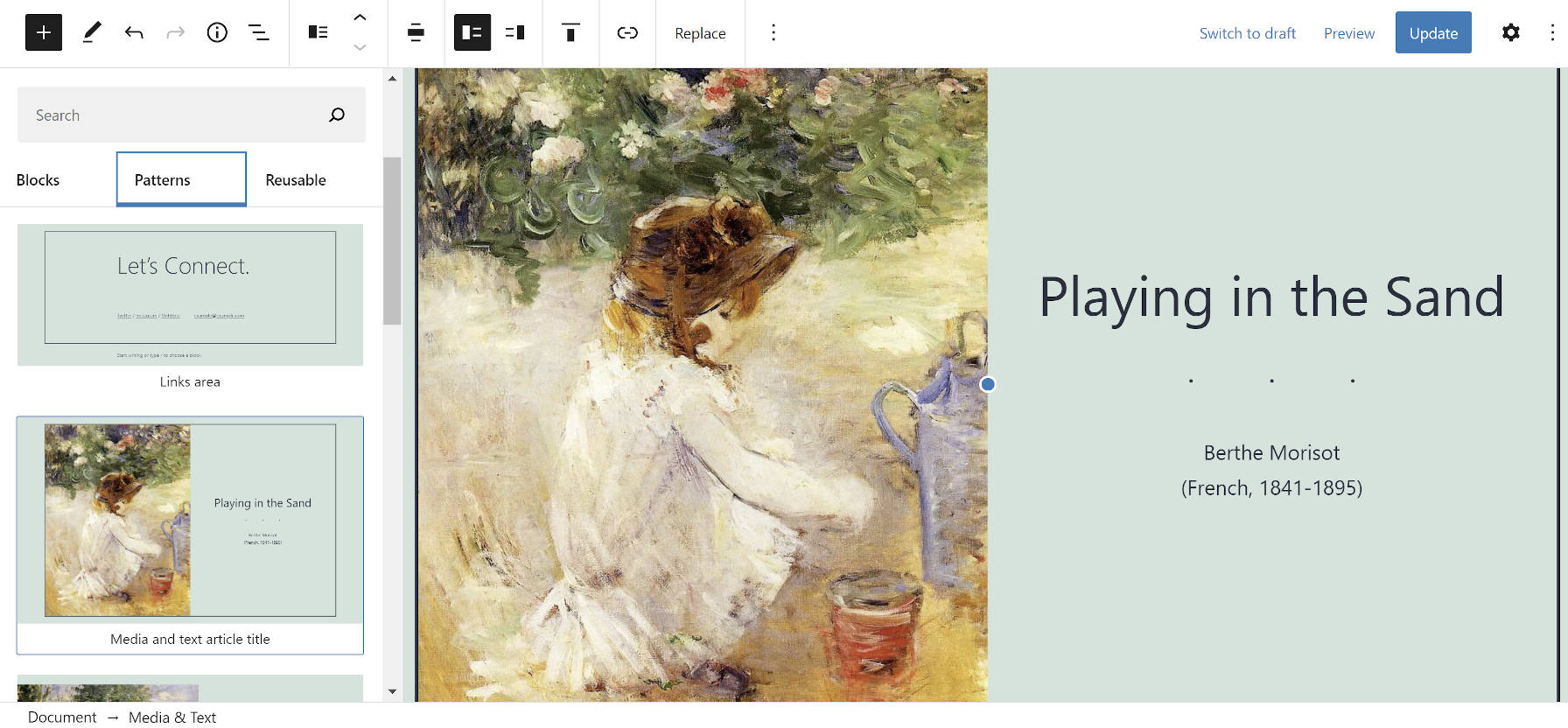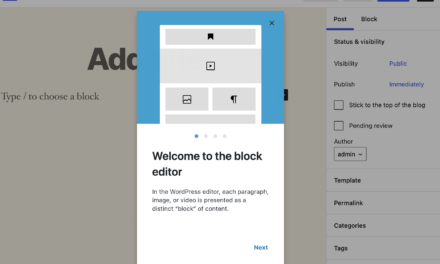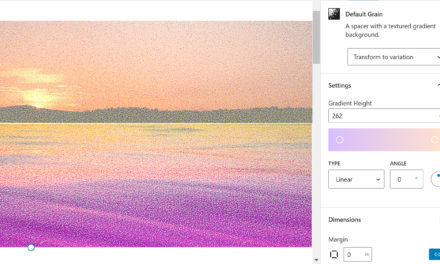
License: CC0 | Credit: Noord-Hollands Archief / Fotoburo de Boer
WordPress 5.6 “Simone,” named in honor of American performer and civil rights activist Nina Simone, was released today and is now available for download. The release was led by an all-women release squad, a first in WordPress history. The new version includes many enhancements for the block editor, accessibility improvements, application password support for the REST API, and a new default theme.
This release saw contributions from 605 volunteers who were involved with almost 350 Trac tickets and over 1,000 pull requests on GitHub.
The following women formed the release squad for the 5.6 release:
- Release Lead: Josepha Haden. Cohort: Chloé Bringmann and Angela Jin.
- Release Coordinator: Dee Teal. Cohort: Thelma Mutete and Laura Nelson.
- Triage Lead: Tonya Mork.
- Core Tech Lead: Helen Hou-Sandì. Cohort: Amy Kamala and Ebonie Butler.
- Editor Tech Lead: Isabel Brison. Cohort: Chandrika Guntur, Anchen le Roux, and Rebecca Hum.
- Design Leads: Ellen Bauer and Tammie Lister. Cohort: Anyssa Ferreira, Estela Rueda, Tracy Apps, and Sophia DeRosia.
- Design Tech Lead: Shital Marakana.
- Accessibility Lead: Sarah Ricker. Cohort: Hauwa Abashiya.
- Marketing and Communications Leads: Abha Thakor and Yvette Sonneveld. Cohort: Nalini Thakor, Meher Bala, Olga Gleckler, Larissa Murrillo, Michelle Frechette, Breann McDede, and Afshana Diya.
- Documentation Lead: Shawntelle Coker. Cohort: Daisy Olsen, Meher Bala, and Winstina Hughes.
- Documentation Review Lead: Michele Butcher-Jones. Cohort: Nidhi Jain and Laura Byrne Cristiano.
- Default Theme Design Lead: Mel Choyce-Dwan. Cohort: Ellen Bauer.
- Default Theme Development Lead: Carolina Nymark. Cohort: Kelly Choyce-Dwan and Jessica Lyschik.
- Default Theme Wrangler: Jessica Lyschik.
- Test Lead: Monika Rao. Cohort: Allie Nimmons.
- Support Lead: Bet Hannon.
At times, the 5.6 development cycle felt a bit rocky. Block-based widgets and nav menus, features expected to ship, were punted for a second time to a future release. These were hard decisions, but good leadership means making tough calls to hold off on features that are not ready for production.
“You know, I was really hopeful for it too, and that last-minute call was one I labored over,” said Josepha Haden after pushing block-based widgets back. “When I last looked, it did seem close to ready, but then more focused testing was done and there were some interactions that are a little rough for users. I’m grateful for that because the time to discover painful user experiences is before launch rather than after!”
Despite dropping what would have been major transitional features from the classic WordPress theming paradigm in preparation for WordPress 5.7’s expected site editor, the release still has a lot to offer.
Block Editor Enhancements

The Gutenberg plugin development team continues to make small but vital improvements to the block editor. They have also tacked on many new features in the past few months. Features from Gutenberg versions 8.6 – 9.2 are included in the update, along with bug fixes and performance improvements from 9.3 and 9.4.
Much of the work this development cycle has been focused on the upcoming site editor. There was some initial hope that a beta version of it would land in the 5.6 release. It was a part of the proposed scope. However, the feature is still months away from being ready. This is not a bad thing. It needs more time to mature, and there should be no rush in integrating a feature that affects so many pieces of the platform.
What end-users will see with this update is a more polished editor. Whether it is extra options for blocks or a dropdown select for block pattern categories, hundreds of minor changes have all led to a better overall experience.
WP Tavern has covered nearly every major Gutenberg plugin release this cycle — looks like we missed 8.8, sorry. Catch up with anything you missed about editor changes from the following posts:
- Gutenberg 8.6 Adds Cover Block Video Positioning and Updates Block Patterns
- Gutenberg 8.7 Adds Minor Changes, Updates Block Pattern Designs, and Continues Full-Site Editing Work
- Gutenberg 8.9 Brings Block-Based Widgets Out of the Experimental Stage
- Gutenberg 9.0 Brings Major Improvements to Navigation Screen and Query Block
- Gutenberg 9.1 Adds Patterns Category Dropdown and Reverts Block-Based Widgets in the Customizer
- Gutenberg 9.2 Adds Video Tracks, Improvements to Columns and Cover Blocks
- Gutenberg 9.3 Provides Indicator of Where Full-Site Editing Is Going, a Future Without Widgets and Customizer Screens
- Gutenberg 9.4 Introduces Button Width Selector and Typography Controls for List Block
Twenty Twenty-One Theme

Twenty Twenty-One, the new default theme for the upcoming year, takes full advantage of all the latest and greatest features of the block editor. While last year’s Twenty Twenty theme had a successful launch, the development team behind the new default has had more time to explore building themes in the block era.
The theme makes use of more visual artistry. It will not be for everyone. It offers a wide range of color schemes for end-users, but it lends itself best to bloggers and other creators who prefer a bit of flair with their website’s design.
The best thing is that it pushes the envelope with the block patterns feature, which was not available when Twenty Twenty landed a year ago. Older default themes will be getting the block-pattern treatment. However, Twenty Twenty-One will be the first default built with custom patterns in mind from the get-go.
For users who cannot wait for the site editor to land in WordPress, expected in some form in the 5.7 release, there is an alternate Twenty Twenty-One Blocks theme to tinker with.
Application Passwords for the REST API
Despite being a part of the core platform since 2015, the REST API has lacked support for application passwords. Such a feature is vital for third-party applications to communicate with WordPress. Previously, requests had to be run through cookie and nonce-based authentication. Else, they would need to use the legacy XML-RPC API. This limitation has also affected the mobile WordPress development teams, making it tough to support the block editor, which relies on the REST API.
The application passwords feature will make it easier for applications to make API requests as well as request and revoke credentials.
The REST API promised a future for all types of applications built upon and around WordPress. However, this vision has not panned out over the years on a broad scale. With a major limiting factor removed, perhaps there is still hope for robust applications in the coming years.











